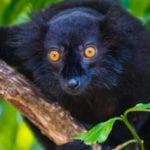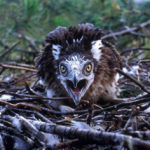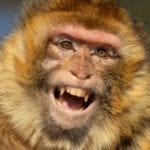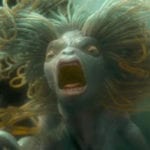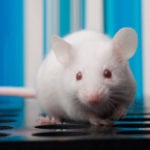 Animals
Animals  Animals
Animals  Weird Stuff
Weird Stuff 10 Weird Things People Used to Do at New Year’s
 Our World
Our World 10 Archaeological Discoveries of 2025 That Refined History
 Weird Stuff
Weird Stuff 10 Fascinating Facts You Might Not Know About Snow
 Miscellaneous
Miscellaneous Top 10 Things Crypto Was Supposed to Change & What Actually Did
 History
History 10 Huge Historical Events That Happened on Christmas Eve
 Music
Music 10 Surprising Origin Stories of Your Favorite Holiday Songs
 History
History 10 Less Than Jolly Events That Occurred on December 25
 Weird Stuff
Weird Stuff 10 Funny Ways That Researchers Overthink Christmas
 Politics
Politics 10 Political Scandals That Sent Crowds Into the Streets
 Animals
Animals 10 Species That Refused to Go Extinct
 Weird Stuff
Weird Stuff 10 Weird Things People Used to Do at New Year’s
 Our World
Our World 10 Archaeological Discoveries of 2025 That Refined History
Who's Behind Listverse?

Jamie Frater
Head Editor
Jamie founded Listverse due to an insatiable desire to share fascinating, obscure, and bizarre facts. He has been a guest speaker on numerous national radio and television stations and is a five time published author.
More About Us Weird Stuff
Weird Stuff 10 Fascinating Facts You Might Not Know About Snow
 Miscellaneous
Miscellaneous Top 10 Things Crypto Was Supposed to Change & What Actually Did
 History
History 10 Huge Historical Events That Happened on Christmas Eve
 Music
Music 10 Surprising Origin Stories of Your Favorite Holiday Songs
 History
History 10 Less Than Jolly Events That Occurred on December 25
 Weird Stuff
Weird Stuff 10 Funny Ways That Researchers Overthink Christmas
 Politics
Politics 10 Political Scandals That Sent Crowds Into the Streets
10 Weird Cases of Incredible Animal Evolution
Evolutionary adaptation has been documented in shaping life forms into distinct, recognizable groups with defining traits that we take for granted. However, there are some creatures that have evolved in such such bizarre ways, they could be excommunicated from their parent groups, such as the ocean going iguana, while unrelated species can no longer be distinguished due to convergence. We will now learn about cases including herbivorous hawks, meat eating parrots and a tiny giraffe….
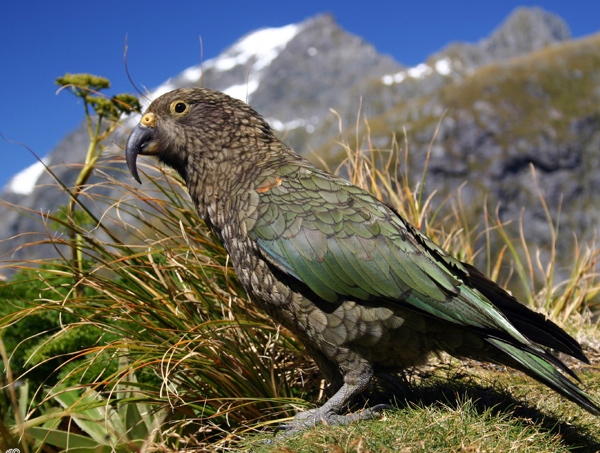
Parrots are known as colorful, friendly tropical birds with a penchant for tree nuts, fruit and “crackers”. Many are favored as pets, and are stereotyped as the companions of pirates. However, the New Zealand mountain parrot known as a Kea (Nestor notabilis), takes rebellion against the norm to the extreme. Weighing over 2 pounds with a 4 foot wingspan, Kea are carnivorous parrots with a penchant for eating birds, small mammals and occasionally, sheep. Kea have been filmed ripping sheep open at night and feeding on the fat and mutton, often with fatal results. Kea are also capable of removing headlights from parked cars, and shattering windows.
Unlike any other parrot, Kea live in mountain passes, and may be seen in the snow. The harsh environment has made them the most intelligent parrot species and possibly the smartest bird on the planet. Kea soar like hawks when searching for their prey, and vocalize like a hawk, not a parrot. The birds have become endangered due to human interference.
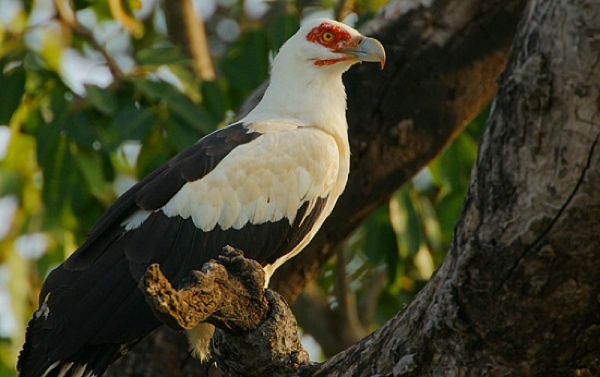
In an opposite turn of events from the Kea, the Palm Nut Vulture or “Vulturine Fish Eagle” is an African relative of the Golden Eagle, Buzzard and Goshawk that ferociously attacks Oil Palm trees instead of preying on animals. This raptor has a specially adapted digestive system, but looks and acts just like most other eagles in every way. The massive bill cracks open the nuts, and extracts the fatty insides, which provide a viable substitute for the animal’s typical meat diet. This bird shows how fluid genetic adaptation is, and how quickly an animal can deviate from the norm.
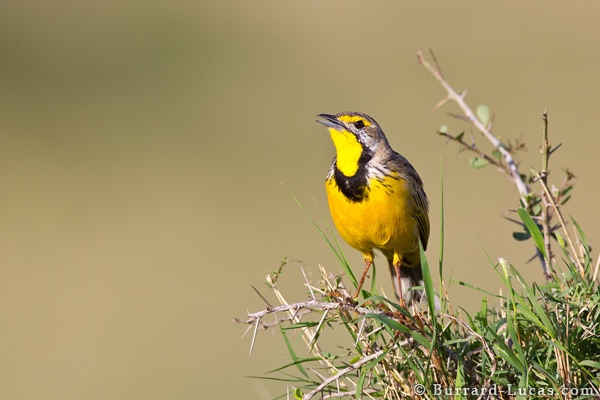
Songbirds are a highly diverse group that both puzzle scientists, and provide incredible insights into the mysteries of evolution. Convergent evolution occurs when two unrelated species develop the same appearance due to environmental conditions. In the grasslands of North America, the Western Meadowlark has evolved from blackbirds, which still exist today as black, tree dwelling birds. A variety of very specific plumage, shape and feeding traits distinguish this bird. However, in Western Africa, grasslands are inhabited by an unrelated bird known as the Yellow-bellied Longclaw, which is a descendant of a very different group of birds, the old world pipits, which are small brown songbirds of open country. The Yellow-bellied Longclaw (pictured) and Western Meadowlark both look nothing like their respective ancestors.
On two continents, two birds have drastically departed from the form, habits and color of their closest relatives while becoming nearly identical to each other. This is one of the clearest examples of evolution.
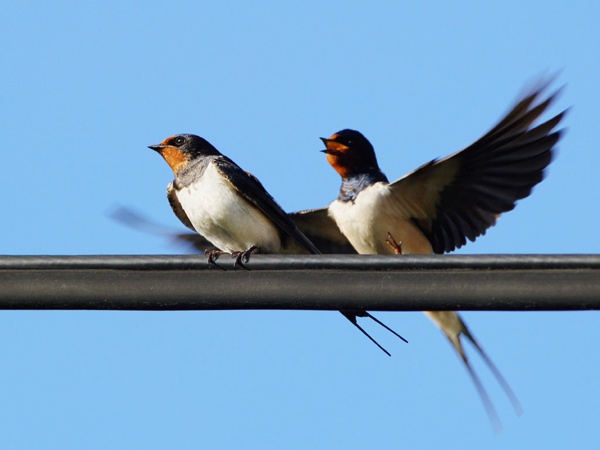
For many years, observers have looked skyward and seen small, sickle winged birds shooting past overhead. The birds looked about the same in size and shape, except certain types of “swallow” held their wings more stiffly, and could climb into the clouds at a faster rate. It turned out that swallows, which were related to related to robins, chickadees and sparrows, were one distinct group, while the birds with stiff wings were actually apparently identical but genetically a world apart, with subtle physical differences. The “Swifts” as they were called are actually closely related to hummingbirds and Whip-poor wills, and may are not too distantly related to owls. Appearances can be deceiving…
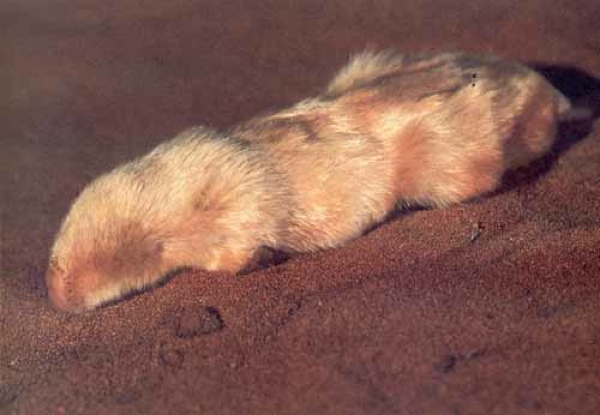
Australia’s mammals are dominated by the marsupial sub-class, which are unrelated to other mammal groups, and often possess distinctive body forms. However, the Marsupials have been noted for coming up with “answers” to mammals that other groups contain. Where carnivores evolved into the lion, the marsupial group produced a now extinct marsupial version of the unrelated lion. In modern times, there is a marsupial mole, which is unrelated to the familiar but mysterious moles of Europe, Asia & North America. The strange, sightless marsupial looks and acts just like a mole in its habitat, but is not in any way related.
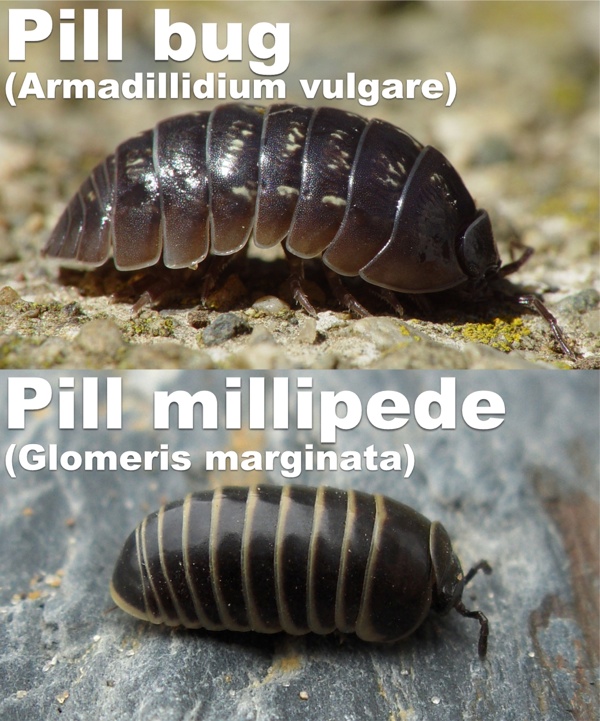
If you turn over a brick in a garden, you are likely to see a range of small gray creatures with segmented bodies and long antennae. Scores of legs extend from the abdomen. They may look the same, but in fact “pill bugs” can be two entirely different animals, as unrelated as dogs and dogfish. The Pill Bug is a land going crustacean, closely related to shrimp and a cousin of the crabs and lobsters. Separately, the Pill Millipede has evolved the identical form without having any genetic relationship. This animal is genetically a millipede, the rest of which are long, centipede-like forest creatures with endless legs.
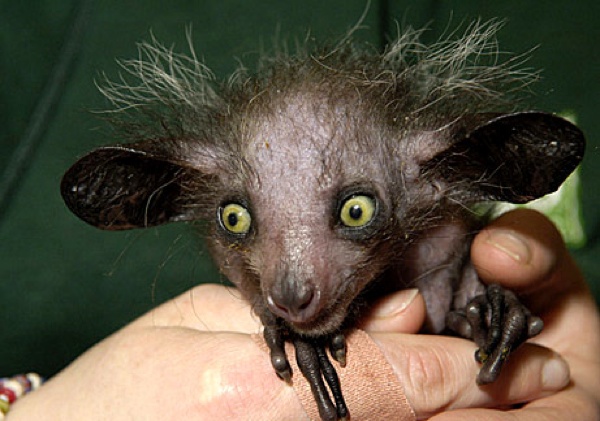
Aye-Ayes look like Gollum, but they are not from the Lord of the Rings’ Middle Earth. They are from a region of Earth known as Madagascar, a place where some of the strangest creatures have evolved. Aye-Aye are primates, and are related to humans, chimpanzees and monkeys, but are only 1 foot tall. Like Chimpanzees, Aye-Aye feed on termites and wood-boring insects. However, where chimpanzees use a stick to reach the insects, the Aye-Aye’s middle finger has evolved to an incredible length, allowing it to reach for the bugs, unassisted by tools. Of course, such a long extending middle finger might be considered rude by humans…
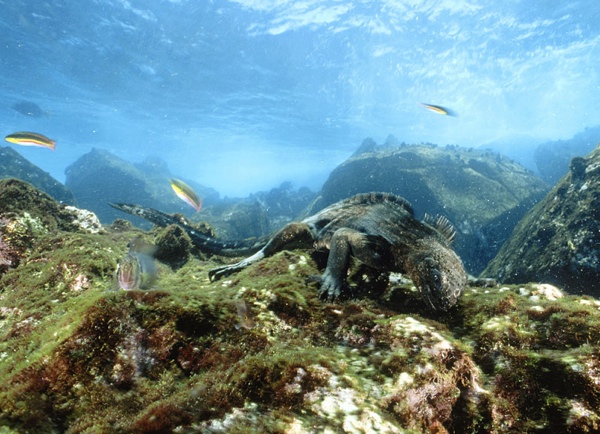
Evolution is often seen as a series of steps forward, from primitive to advanced, or from ocean to land. In the Devonian era, Earth was dominated by a diversity of marine reptiles, all of which disappeared. In more recent ages of the Earth, lizards of all shapes and sizes walk across the land. One species of lizard, however has returned to the ocean. The Marine Iguana is a giant, pink colored lizard that swims under the waves of the Galapagos Islands of Ecuador. It is a herbivore just like its terrestrial cousin, the Green Iguana, and feeds on seaweeds. It can be observed hauled out on ocean islets among the salt spray, where it may be mistaken for a seal.
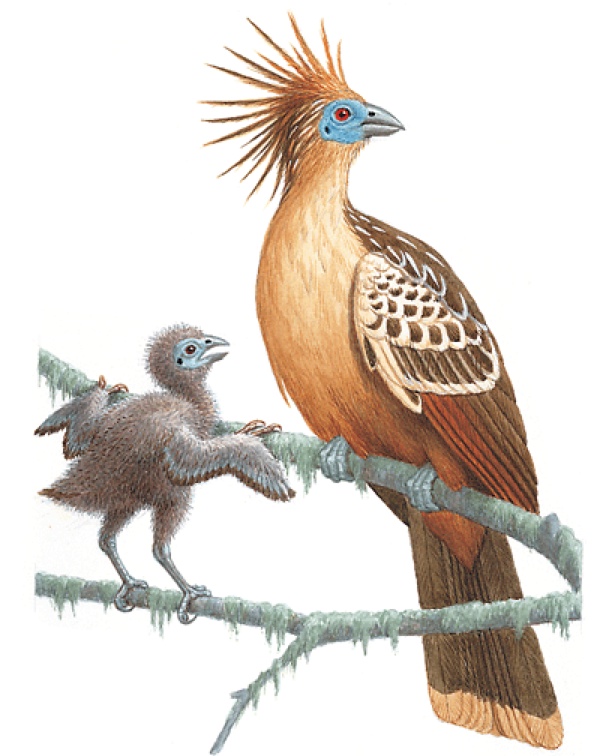
It is said a bird in the hand is worth two in the bush, but of the 10,000 species of birds on earth, there is one species with its own hands. The Hoatzin is a bizarre, primitive relative of the Cuckoo bird native to South American Rain forests, with a strange reptilian relic. When the chicks hatch, it quickly becomes apparent that these birds have retained incredibly primitive traits stemming back to birds hypothesized therapod dinosaur origins. Two hands, armed with sharp claws extend from the bird’s wing joints, and are used to climb the trees to safety. Interestingly, the hoatzin is also the only ruminant bird, and has evolved the same dieting system as cattle, feeding upon fermenting green plant material in a second stomach.
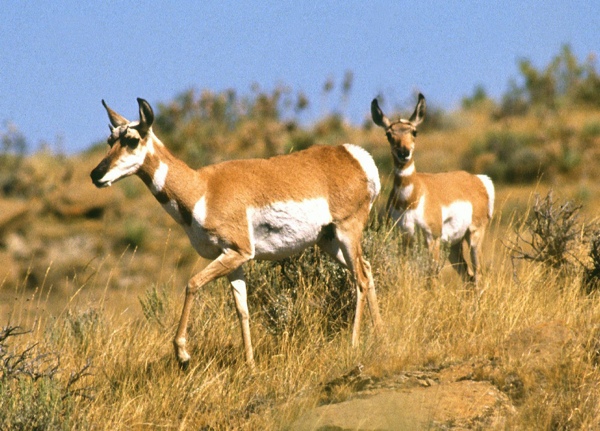
North America’s prairies are inhabited by bouncing, variegated animals known as Pronghorn Antelopes. However, antelopes are an entirely old world group, native to Africa and Asia, and closely related to goats. The Pronghorn Antelope, however, is actually the only living member of the extinct family caprilladae, which forms the superfamily giraffidae, together with the African Giraffe and Okapi. North America’s antelope is thus not an antelope, but a living fossil in the Giraffe family that has simply taken on the form of an antelope through strong natural selection. What other shocking surprises await those who uncover nature’s bizarre anomalies?
Ron Harlan investigates of the mysteries of nature and the bizarre findings that often crop up on this planet. He is a freelance writer and student of science.
